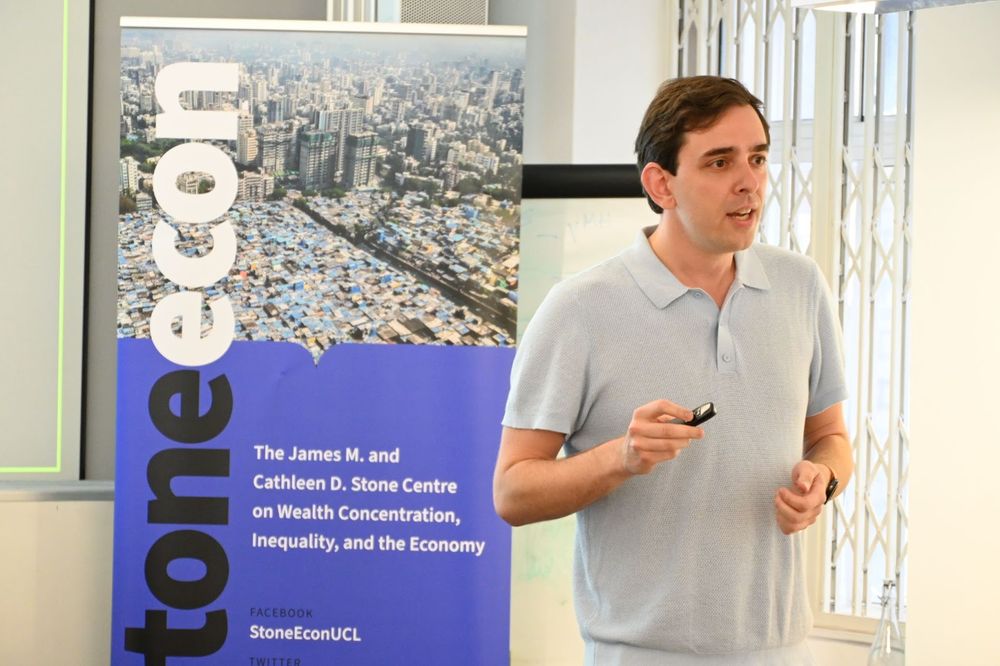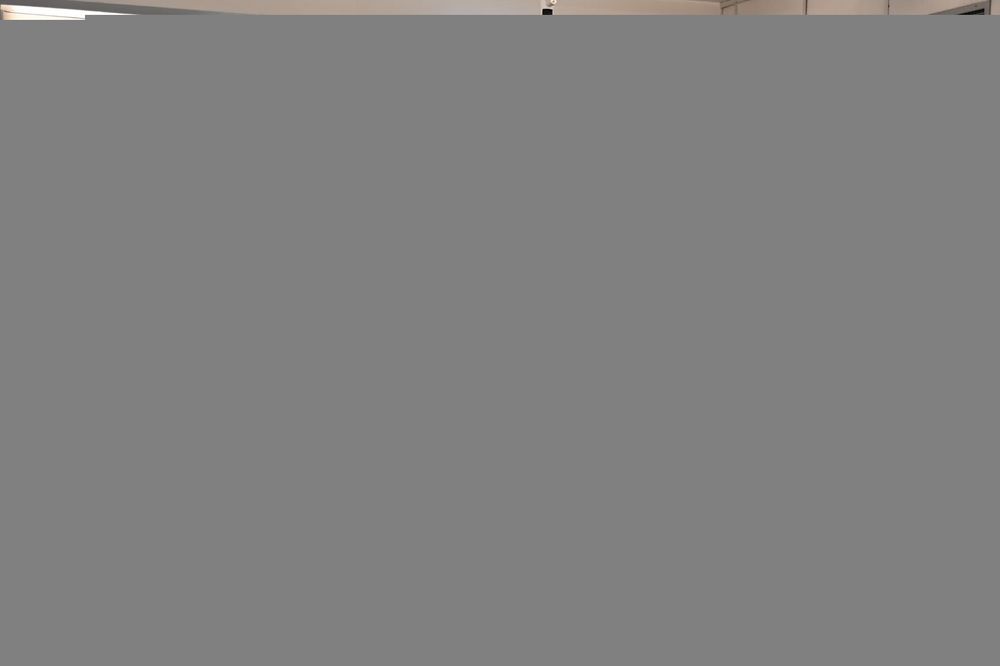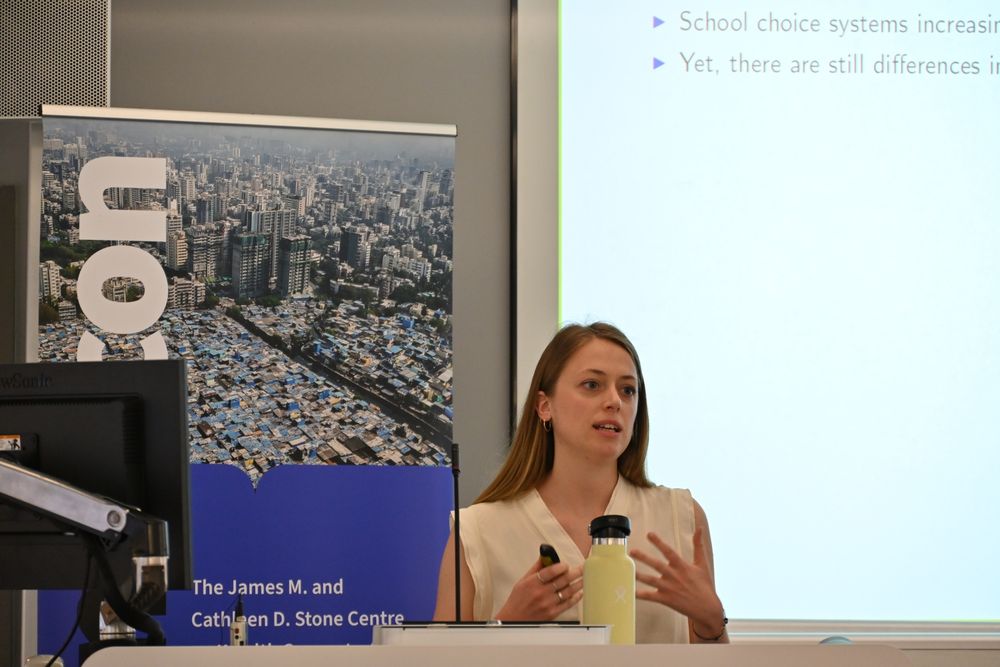Michela Tincani
@michelatincani.bsky.social
1.4K followers
410 following
41 posts
Associate Professor at UCL Economics. Research on college access, information frictions, peer effects. Affiliations: IFS, CEPR, LEAP, CESifo, HCEO.
From Lake Maggiore to London via Philly.
https://sites.google.com/site/mtincani
Posts
Media
Videos
Starter Packs
Pinned
Reposted by Michela Tincani
Reposted by Michela Tincani
Reposted by Michela Tincani
Ben Golub
@bengolub.bsky.social
· Jul 24
Reposted by Michela Tincani
Reposted by Michela Tincani
Reposted by Michela Tincani
Reposted by Michela Tincani












